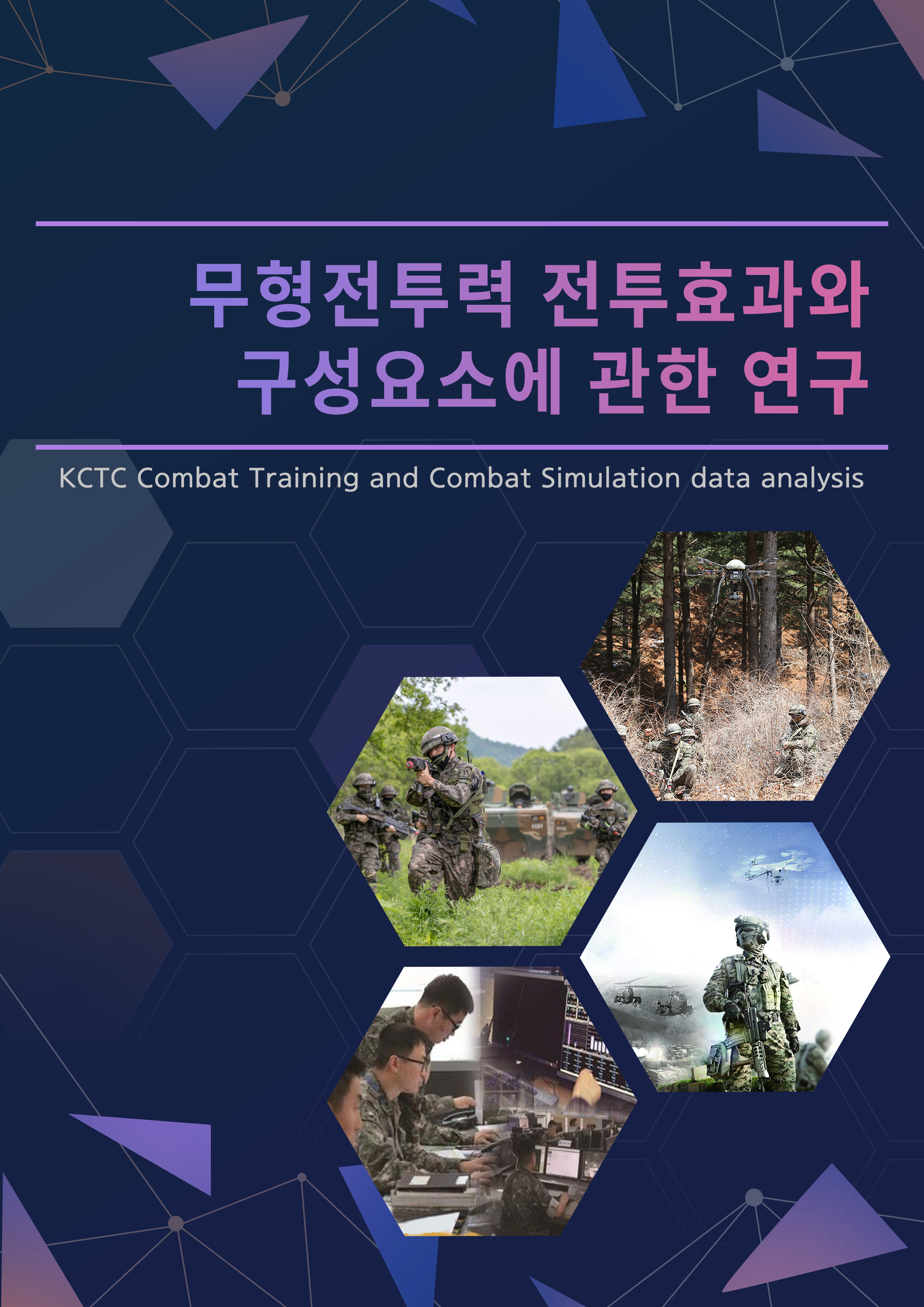A Study on the Combat Effect and Components of Intangible Combat Force
Focusing on Korea Combat Training Center (KCTC) combat training and combat simulation data analysis
DOI:
https://doi.org/10.37944/jams.v5i2.150Keywords:
intangible combat power, combat effect, combat simulation, linear regression analysisAbstract
The purpose of this study is to numerically derive the combat effect of intangible combat power on the battlefield and to confirm the importance of the components of intangible combat power on the derived combat effect. Nearly half of defense spending is used every year to improve defense capabilities for the construction of tangible combat forces, but the expenditure for the construction of intangible forces is insignificant. The reason why it is passive in building intangible combat power is that tangible combat power can be identified as a numerical value, but the increase or decrease in intangible combat power cannot be identified. This imbalance in the construction of tangible and intangible combat forces is likely to halve the integrated exercise of combat power in an actual battlefield. Therefore, for the construction of balanced combat power, research is urgently required to confirm the importance of quantifying and deriving combat effects on how intangible combat power is exerted in combat. In this study, the combat effect of intangible combat power was analyzed in terms of space, time, and combat power, and the difference in the combat results of computer simulation (Vision 21) under the same conditions as those for KCTC combat training was assumed and compared. The analysis results confirmed that the combat effect of the intangible combat force exerted at the KCTC combat site was 28.7%, which did not exert a combat effect of 71.3%. The importance of the components of the intangible combat force that affect the combat effect of the intangible combat force derived in this way was analyzed using a statistical analysis program applying linear regression analysis. The analysis results confirmed the requirements and priorities of future education and training through complementary needs and rankings according to the importance of the components.
Metrics

Downloads
Published
How to Cite
Issue
Section
License
Copyright (c) 2022 Journal of Advances in Military Studies

This work is licensed under a Creative Commons Attribution 4.0 International License.

This work is licensed under a Creative Commons Attribution 4.0 International License.

이 저작물은 크리에이티브 커먼즈 저작자표시 4.0 국제 라이선스에 따라 이용할 수 있습니다.






